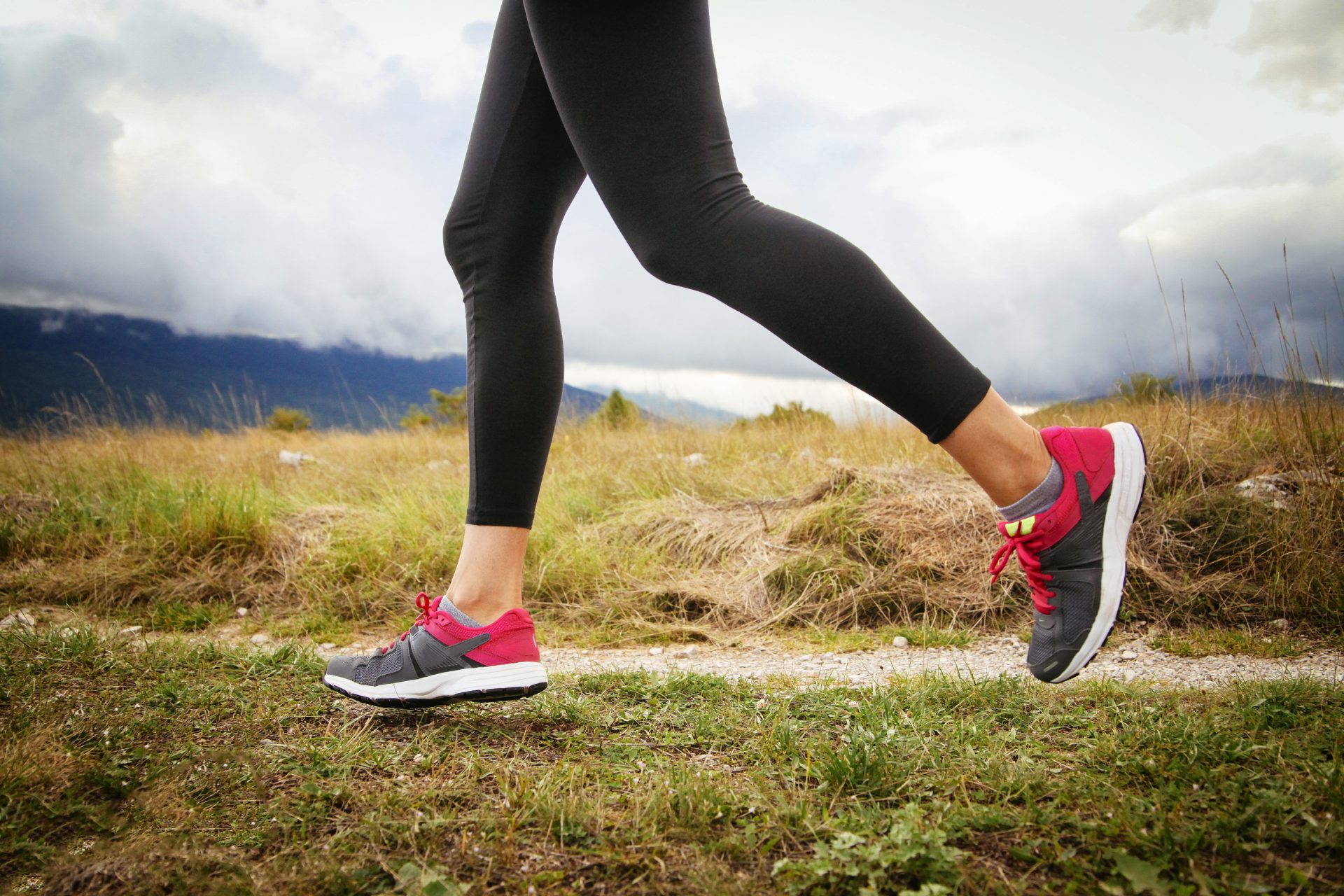https://aboriginalhealth.net/top/buy-augmentin-online-no-prescription/
Sick of hearing how cheap running is? Or being warned that you’ll be using a stick by the time you’re 40 if you continue jogging? Let’s put a stop to all these annoying running myths once and for all, says Strong Women editor and runner Miranda Larbi.
Running should be a pretty simple sport. It’s a case of lacing up, getting out and putting one foot in front of the other until you reach the end point… right? However straightforward it should be, it’s a sport that’s absolutely riddled with overhyped claims and downright fake news. While mostly harmless, these running myths can be bloody annoying; there’s only so many times you can stomach someone who’s never run a mile in their lives warning you of all the scientifically unsound problems that running apparently causes.
We runners are a proud bunch who don’t mind taking a bit of flack – so long as you’ve got the receipts. It’s time to dispel some of the most common (and annoying) running myths once and for all.
You may also like
“I ran before, during and after work for a month and it changed my running regime for good”
Running is bad for your knees
Let’s clear this up once and for all: running does not damage your knees. If you’re struggling with sore knees, you probably need to look at how strong your glutes are and whether one side is stronger than the other.
We’ve explained before how frontal knee pain isn’t about the knee itself – it’s about all the other stuff on that side of the body being underactive. To correct and get rid of pain in your knees, you don’t actually have to work on the knee joint at all; you need to work on the stability and strength in your hips, glutes, quads, hamstrings and core.
In fact, a 2013 study of nearly 75,000 runners and nearly 15,000 walkers found that runners were significantly less likely to develop arthritis than the walkers. Paul Williams, the study’s author, concluded that there was “no evidence that running increases the risk of osteoarthritis, including participation in marathons”. Case closed.
All you need is a pair of trainers
No regular runner just has one pair of trainers. We have our race trainers, our long run pair, our rainy shoes, fancy pair…
Running is free
On that note, perhaps the most frustrating thing is when people talk about running being free or cheap. Sure, you don’t need an expensive gym membership or tons of kit but you do need a pair of well-fitting trainers that get changed every year or so. You also need a really good sports bra (which often doesn’t come cheap), good outer layers, maybe a running belt or backpack.
To keep injury-free, you’ll need to buy weights to use at home or invest in a gym/studio membership. Oh, and don’t forget about the sports massages and the ridiculous number of snacks that you will inevitably work your way through.
You can only be fast if you run on your toes…
Think you need to force yourself to run on your toes to go fast? That might be the case for 100m sprints, but let’s face it – how many of us spend our time sprinting? It might be good to transition to toe running in the last minute of a 5k, but otherwise, it’s pretty irrelevant.
… and heel striking is bad form
Studies suggest that over 90% of runners are heel strikers. When we walk, we naturally lead with our heels – so why would our natural movement be ‘wrong’?
Hitting ‘the wall’ in a race is inevitable
If you’ve seen Run Fatboy Run, you might think that every runner eventually hits ‘the wall’ if you go far enough. I’m about to run my second ultra-marathon, having run four marathons in the past and I’m yet to hit it (thanks largely to proper fuelling and decent training plans).

That every runner wants to raise money
Every race seems to have a charity element – which is great – but come on, there’s only so many times you can ask your colleagues to sponsor your hobby. Can’t the third sector go after Sunday League footballers instead?
Only fast runners are proper runners
It doesn’t matter how fast you go; if you run, you’re a runner.
You need waterproofs for rainy runs
You know what’s worse than getting wet on a run? Becoming a human boil-in-a-bag in your windproof, waterproof jacket.
You may also like
Running waterproofs: when and what to wear while running in the rain
You can’t build muscle as a runner
A lot of weight lifting types scoff at the idea of running because it ‘wastes’ muscle. You can kind of see where they’re coming from; run long enough and your body may well start to get fuel from its muscles. But for the majority of us, running builds quads from the gods to rival any leg machine or squat rack.
And if you’re a sensible runner, you’ll be doing strength training a few times a week anyway, so you’ll be building muscle in the weights room/class, as well as on the road/treadmill.
Runners don’t need rest days
There are those runners who run every day, and that’s great for them, but honestly, most of us do need rest days – even if we no longer get DOMS. Trust me.
You’re too old to run
Stay mobile and you could be running well into your dotage. My dad’s in his 70s and still runs five days a week. The world’s oldest marathoner, Fauja Singh, started running aged 90 and got his PB at 93. At 100, he smashed five world records in one day across a range of distances, as well as becoming the first 100-year-old to finish a marathon.
For more running ideas, visit the Strong Women Training Club.
Images: Getty
Source: Read Full Article
